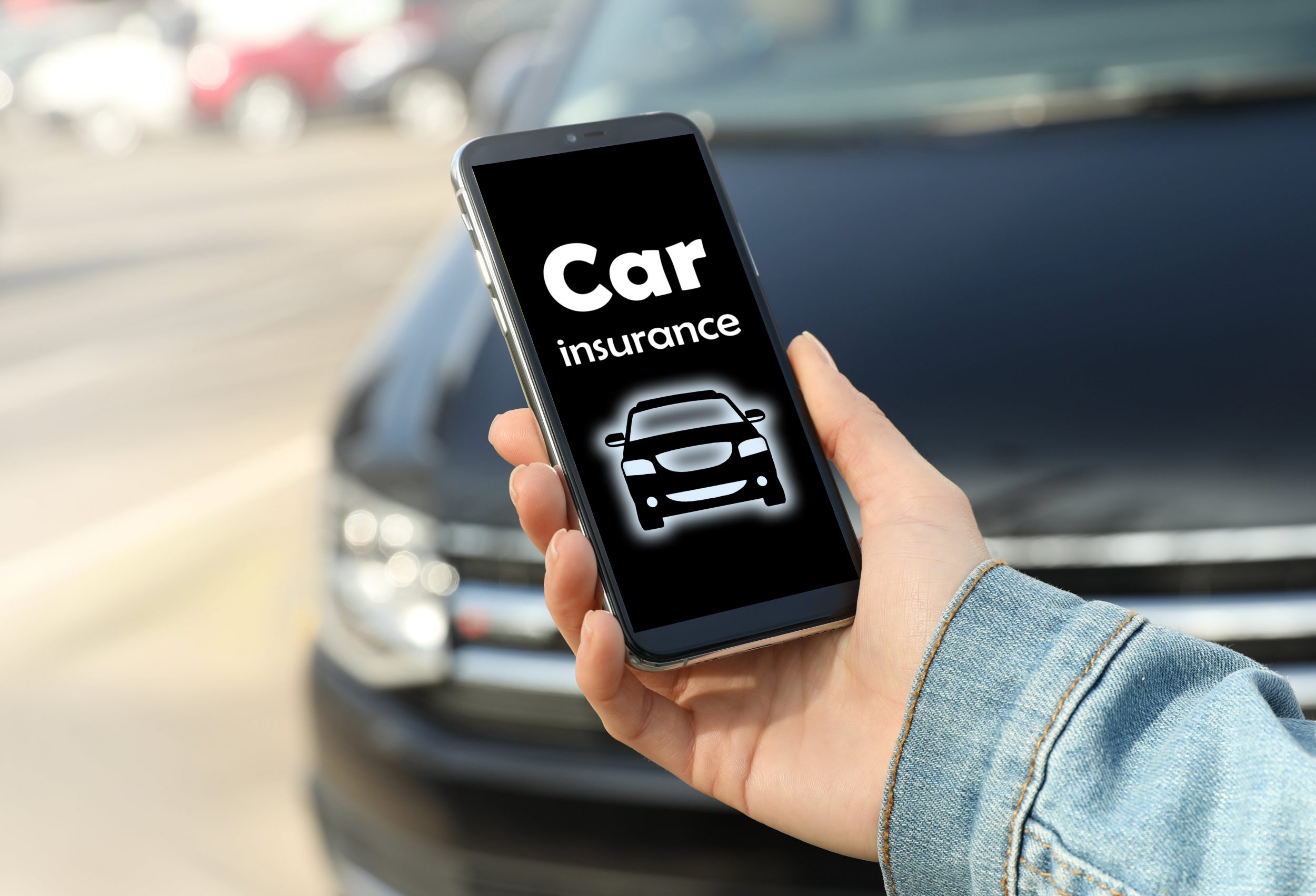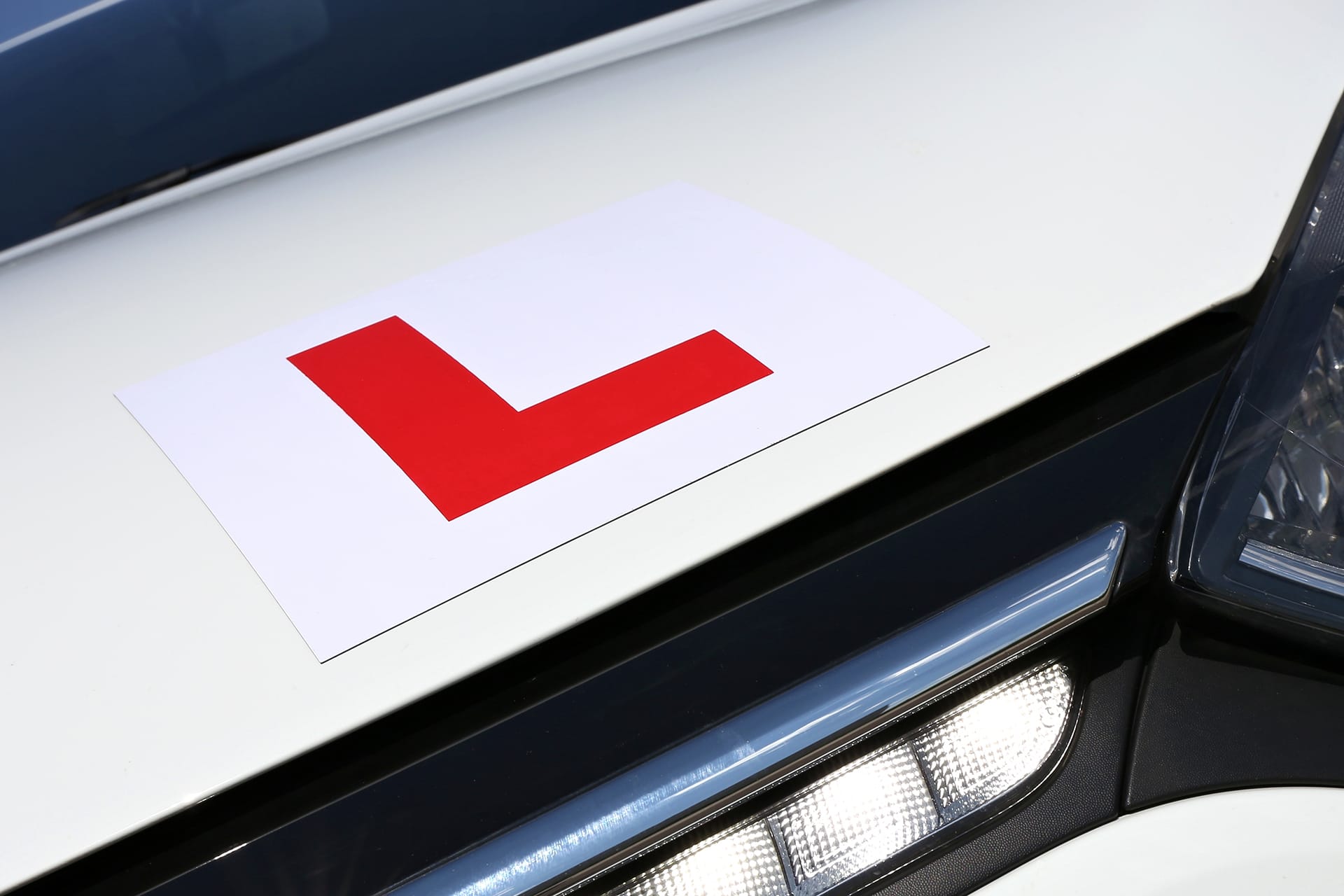Whether you’re looking to upgrade an old car or buy your first set of wheels, insurance is one of the main costs for which you’ll need to account. It helps, then, to understand insurance groups for cars – and how a vehicle’s grouping can affect your premium.
There are a few key aspects that determine into which group your new vehicle will fall. Find out what different car insurance groups mean and how to check a car’s group below, plus other factors affecting premiums, so that you can home in on the right vehicle and cover for your budget.
What do the different car insurance groups mean?
In the UK, every vehicle is categorised into one of 50 groups based on a range of factors such as value, performance and security. Insurers use these recommendations to judge risk, set car insurance premiums and provide quotes to drivers. Bear in mind, however, that they’re free to use their own groupings based on their experiences with particular vehicles.
The 50 insurance groups for cars are set by a group rating panel comprising members of the Association of British Insurers and the Lloyds Market Association. Thatcham Research provides up-to-date vehicle data, passed on by car manufacturers, to inform the groupings.
The original group ratings were first introduced in the 1970s to simplify the quoting process, before being expanded from 1-20 to 1-50 in 2009. The change allowed for vehicles to receive different ratings for different specs and trims within their range.
Given that the groups are one of the key factors influencing insurance costs, it’s possible to pay less for your cover by choosing a vehicle in a cheaper group.
What car insurance group is the cheapest?
Cars in group one have the lowest insurance costs, while vehicles in group 50 have the highest. The groups in-between act as a scale from cheap to expensive based on the risk associated with insuring that vehicle.
Generally, the cars in lower groups are low-specification, small-engine models that are inexpensive to buy new, safe to drive and cheap to repair. Conversely, high-spec, high-performance vehicles with niche or expensive parts and high purchase prices fall into higher insurance groups.
Factors that determine insurance groups for cars
New car models are grouped based on the following factors:
- Value when new: New car prices are generally a good guide to potential replacement and repair costs, with higher costs leading to higher insurance group placements.
- Parts and repair costs: This analyses the likely extent of damage to a car in an accident and the cost of parts needed for its repair, based on the price of 23 common parts for that manufacturer.
- Repair times: Longer repair times typically mean higher costs, so higher-than-average repair times will drive a car into a higher insurance group.
- Performance: Cars with fast acceleration and high top speeds land in higher groups, too, as they typically result in more insurance claims.
- Safety: Cars fitted with Autonomous Emergency Braking (AEB) are less likely to get caught up in low-speed front-to-rear accidents, earning them lower insurance ratings.
- Bumper compatibility: The alignment and structure of a car’s bumpers affects how they hold up in front-to-rear accidents and the subsequent costs of repair.
- Security: Features such as high-security door locks, alarm or immobilisation systems and visible vehicle identification numbers (VINs) all help to lower the insurance group in which a vehicle gets categorised.
Over half of all money paid out in insurance claims goes on repairs, according to Thatcham Research. This means that the cost of spare parts and times taken by repairers are two major factors in calculating insurance groups for cars.
All these elements get constantly reviewed, too, to make sure that the rating system accurately reflects the latest vehicles and the technologies built into them.
How to check a car’s insurance group
There are a few quick car insurance group checkers online, like this one on the Thatcham Research website. You just need to enter a few details including the type of vehicle, manufacturer, model, range, year, body style, fuel type and variant.
Once you’ve confirmed everything, you’ll see the insurance group for your car appear seconds later.
Other factors that could affect your car insurance premium
It’s important to remember that your car’s insurance group isn’t the only factor that guides the risk you pose to insurers and therefore your premium. In fact, two different people could receive very different quotes to insure the same vehicle based on factors like:
- Age: Generally, younger drivers pay more for insurance due to a perceived lack of experience.
- Driving history: How long have you had your license? Have you got any past driving convictions or made any recent insurance claims?
- Address: Crime levels where you live and where you keep your car overnight both affect insurance costs.
- Your annual mileage: More time spent on the road means a higher risk of getting into an accident and making an insurance claim.
- Occupation: Your job can also affect the price of your cover, as some professions – like sportspeople, estate agents and delivery drivers – have higher levels of associated risk.
- Cover extras: Add-ons such as breakdown cover, windscreen cover and extra drivers all add to the price of insurance premiums.
- Modifications: Many car modifications will raise your premium, especially if they affect its performance or safety or raise its value.
Because of these factors and many more, it’s wise to compare actual quotes and not rely on insurance group ratings alone.
How to get cheaper car insurance
As we’ve discussed above, one good option for lowering your insurance costs is to choose a car in a lower insurance group. Try to prioritise the kind of car that you need – rather than the one you want. But there are plenty of other ways to drive down your quotes:
- Security: Keeping your car in a locked garage overnight, rather than parked in the street, reduces the risk of theft and lowers insurance costs. Alarms and other security upgrades help, too.
- Voluntary excess: Excess is the amount that you’re willing to pay towards any insurance claim. Increasing this will lower your premium – just bear in mind that you’ll have to actually pay it if you do need to claim.
- Named drivers: Adding a named driver with more driving experience and few-to-no claims on their record could make your cover cheaper.
- No-claims bonus: This is a discount that most insurers will give you if you haven’t made a claim in a while. The longer that you can go without claiming, the better!
- Lower mileage: Driving less naturally reduces the risk of getting involved in accidents, so look for viable alternatives where you can. You still need to give an honest estimate when getting quotes or your policy could be invalid.
- Payment structure: If you can afford to pay a one-off sum annually, you’ll pay less overall than if you split your premium into monthly chunks. This is because paying monthly is effectively borrowing money and so comes with interest.
- Cover level: Don’t pay for all the extras if you don’t need them. Make sure to check for what you’re paying when comparing quotes.
Get covered for your test drive
There can be many steps to buying a car depending on how much research you put in. Now you know what different car insurance groups mean and what else affects premiums, you might feel confident in choosing a model and booking a test drive. But if you don’t already have insurance in place, or you do but it’s not the right level of cover, then you’ll need to take out cover.
Our temporary car insurance gives you comprehensive cover for test drives, allowing you to test your new vehicle out for an hour, a day or even a week. After all, it pays to be sure!



